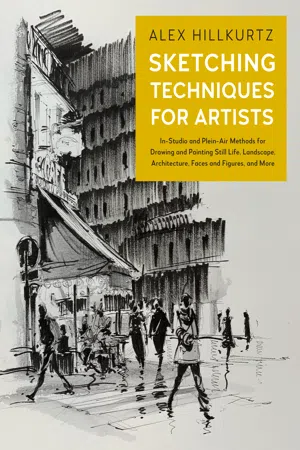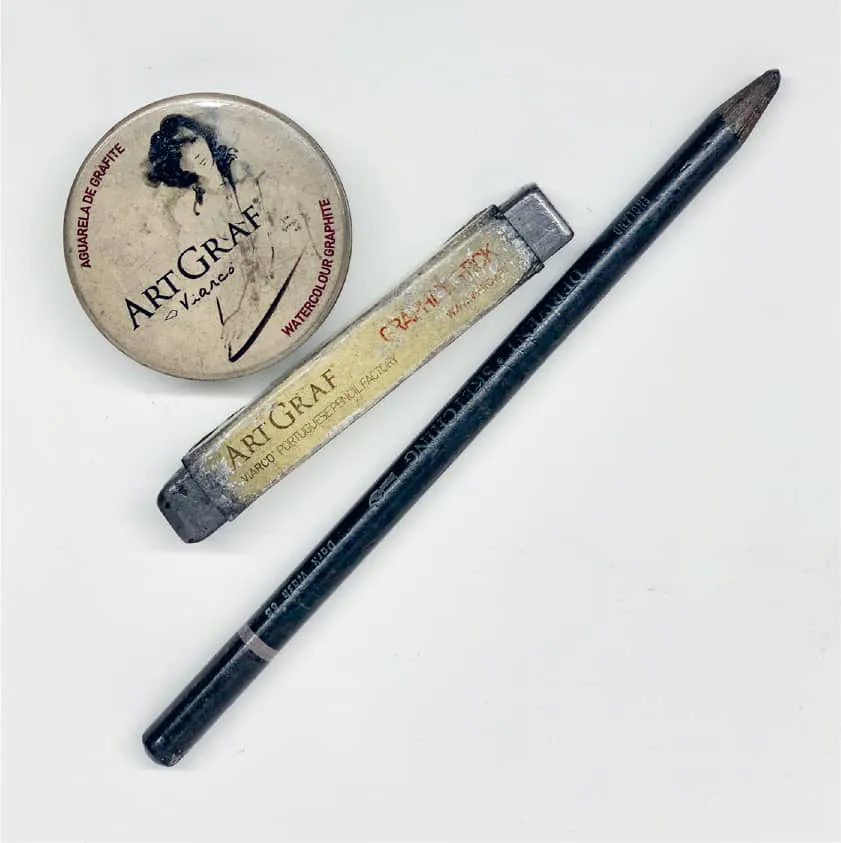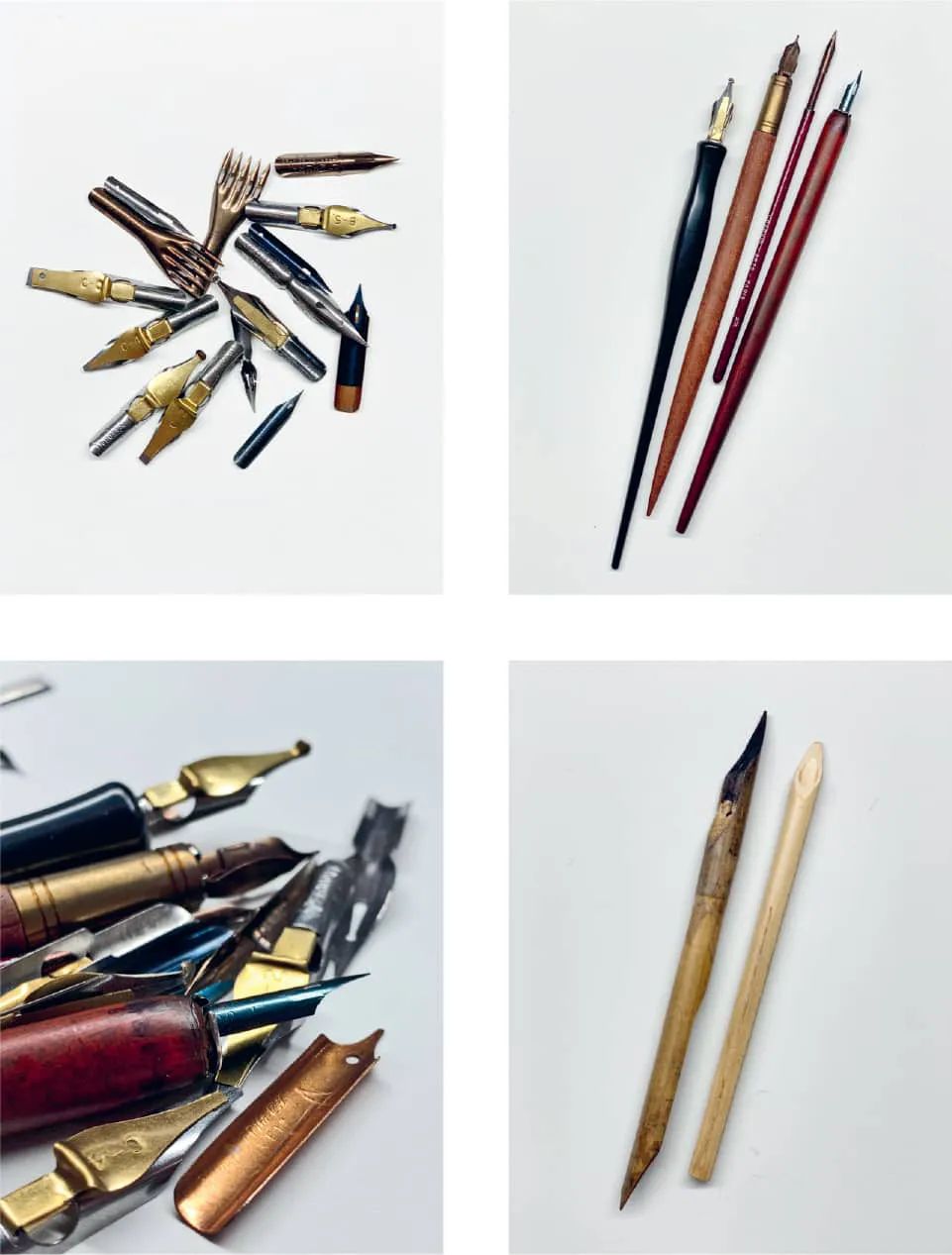
Sketching Techniques for Artists
In-Studio and Plein-Air Methods for Drawing and Painting Still Lifes, Landscapes, Architecture, Faces and Figures, and More
Alex Hillkurtz
- 160 Seiten
- English
- ePUB (handyfreundlich)
- Über iOS und Android verfügbar
Sketching Techniques for Artists
In-Studio and Plein-Air Methods for Drawing and Painting Still Lifes, Landscapes, Architecture, Faces and Figures, and More
Alex Hillkurtz
Über dieses Buch
Learn dynamic sketching and watercolor techniques for creating cityscapes, landscapes, figures and faces, still lifes, and more, enhancing the story you want to tell with form, line, and color. Discover incredible methods and tips for creating dramatic street scenes and vivid landscapes, and capturing dynamic figures and graphic architectural details. Artist Alex Hillkurtz—a top Hollywood storyboard artist, international workshop instructor, and Signature Member of the National Watercolor Society—presents fundamental concepts of sketching with pencil and pen for a number of popular genres. Discover simple ways to jot down spontaneous ideas in pencil, capture rough details in ink, and add watercolor for extra depth and interest. Make sketching more enjoyable by adopting innovative techniques that will make a difference in your practice, and your artwork. No matter your experience or skill level, you'll benefit from learning:
- Compositions that draw the eye
- How to avoid common sketching mistakes
- Ways to create light and shadow to define shapes and add interest
- Successful ways to use negative space
- The importance of perspective in creating depth
- Easy color washes that create drama
Get started today, and fill your sketchbooks with unique drawings and paintings you will be proud of. The For Artists series expertly guides and instructs artists at all skill levels who want to develop their classical drawing and painting skills and create realistic and representational art.
Häufig gestellte Fragen
Information
1
MATERIALS AND TOOLS

A PERSONAL CHOICE
Pencils, Pens, and Inks
PENCILS


INK PENS
FINE LINER PENS

DIP AND BAMBOO PENS

FOUNTAIN PENS AND INKS
